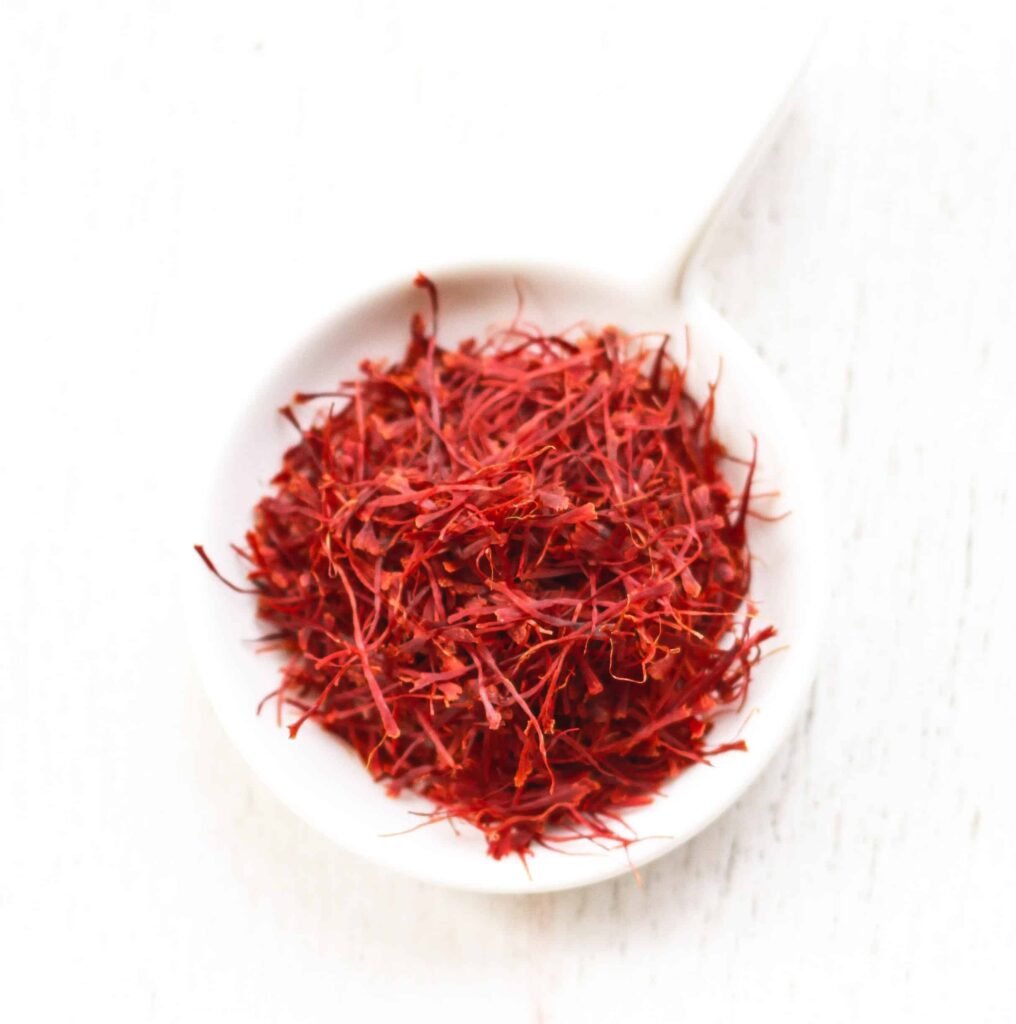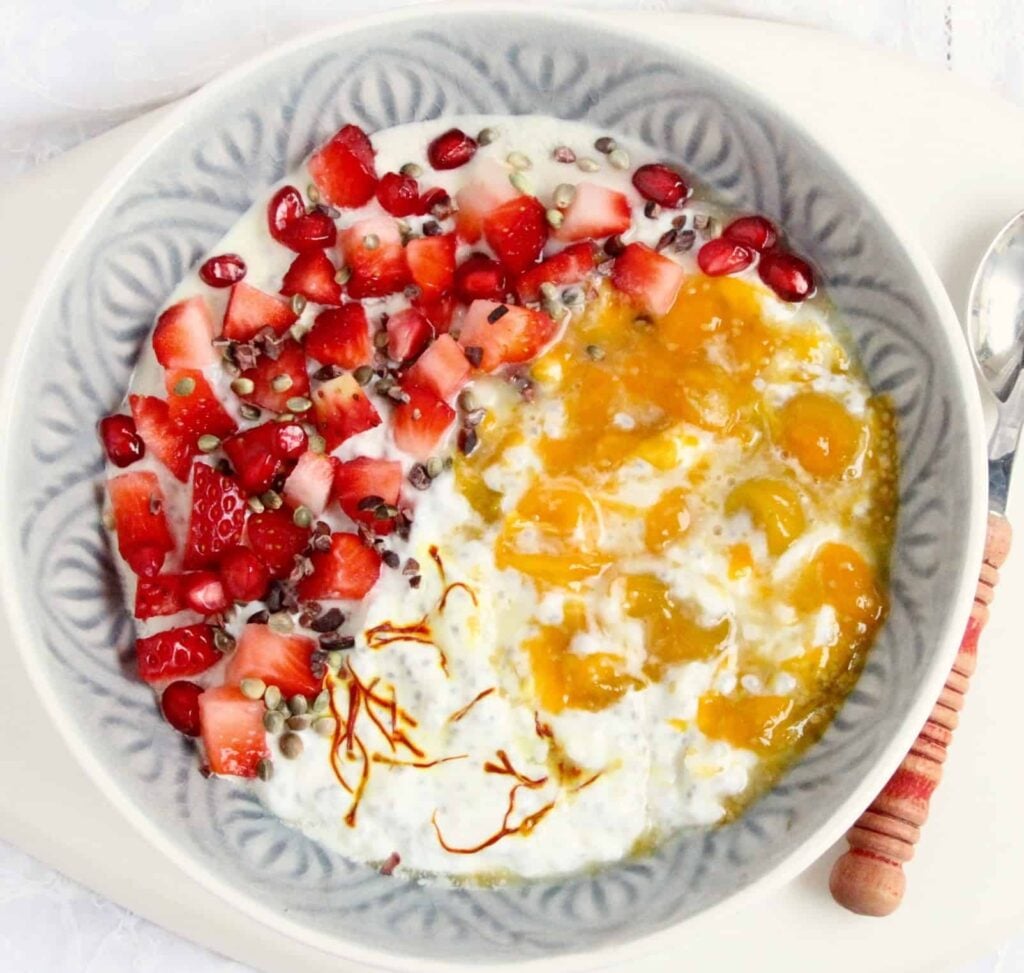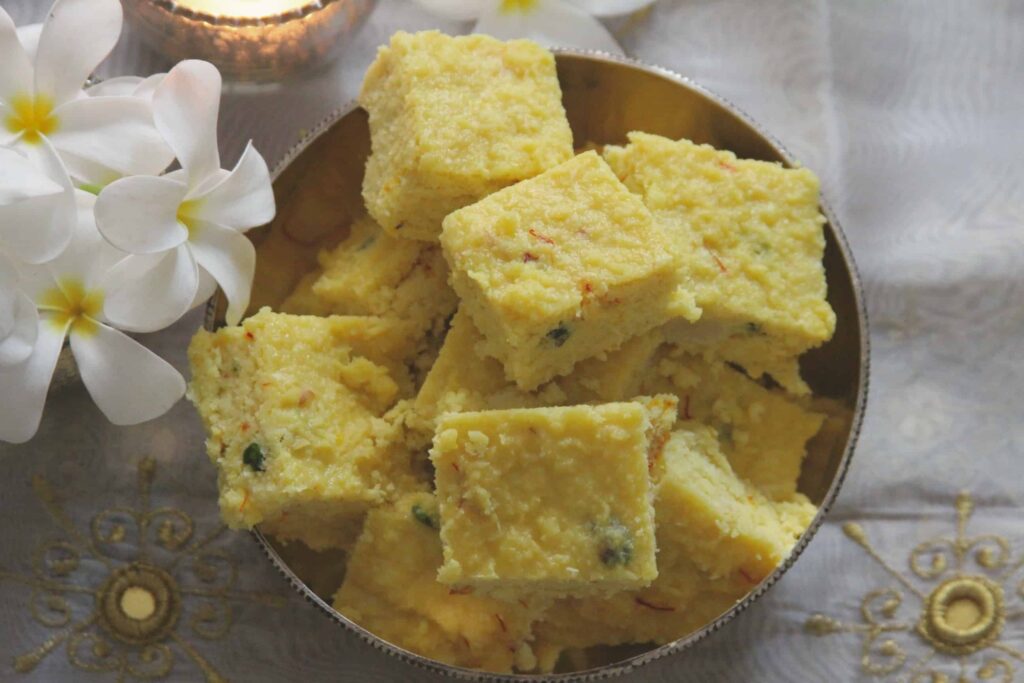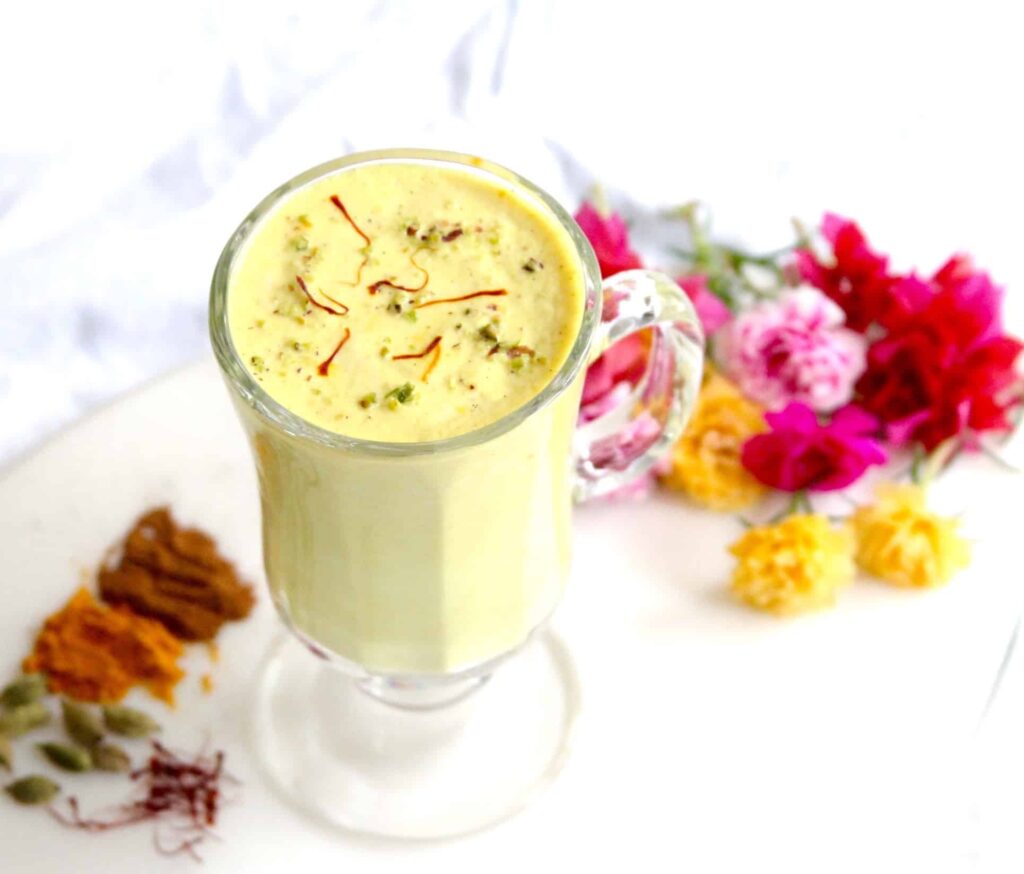Kesar: Threading The Golden Stigmas
The other day a fellow baking-enthusiast gave me an interesting tidbit - it takes 75,000 saffron crocus flowers to produce less than 500 grams of saffron. Each flower is painstakingly handpicked and dried. From the stigma of every dried flower, three saffron strands (just 3) are threaded.
That can’t be right! 500 grams is a measly amount for such a laborious process. But then I remembered a pinch of saffron goes a long way. One thread is often enough to color a dish.
No wonder Alexander the Great superfluously used the expensive and luxurious spice to show off his status. Though, he is not the only royal to use Kesar as a delicacy, pigment, medicine and even prompt *cough* passion.
Why Use Saffron: The Benefits of the Spice
What you and I call Kesar, is known as Kumkuma in Ayurveda where it is lauded as a medicinal herb. Full of antioxidants, the culinary ingredient purifies the body.
What makes it unique is it that stimulates the blood while cooling it. (Spices that move blood rarely have cooling properties.)
But the reason I add saffron to dishes, again and again, is its nickname – sunshine spice. No, it isn’t the distinctive bright color of the threads that give it the moniker. The seasoning helps uplift and brightens the mood, which during the dull, dreary winters of Gurgaon certainly comes in handy.
One more benefit of saffron is its effect on the complexion. If you use it as a paste (mix it with honey and milk) it dilates blood vessels. How does dilation help? It opens up clogged skin pores, get rids of grime, cleanses blackheads and reveals a blemish-free skin!

Saffron: A Quick How-To
If you want stronger immunity, add Kesar to your milk. If you wish for robust memory, add saffron to ghee. How many times have we all heard these adages? I grew up listening to them ad nauseam. But did I pay heed? Frankly, no. I rustle up recipes with saffron because of its decadence, though health benefits are a definite plus.
From sweet to savory, I can exhaust an ocean of ink writing the many dishes Kesar enriches with its golden color, distinct floral flavor, and aroma.
A thread or two in baked yogurt and you’ve got a healthy dessert!

For a quick breakfast full of saffron, try a chia-poha pudding and gooseberry compote. Bear with me, I know poha is traditionally eaten as savory, but one bite in the sweet form and you’ll be a convert for life.

Because no spice can be left behind in my crusade to bake as many dishes as possible, here’s a recipe for coconut saffron burfi. It’s heaven in bite-sized packaging!

A twist on Haldi doodh or as the world knows it now – turmeric milk. I’ve added a pinch of saffron because Kesar’s beneficial components flourish when cooked with milk, even if its cashew milk, or any nut milk.

Tasha’s Inside Tip
Oh, one last thing - don’t use wooden utensil when cooking a dish with saffron. They absorb Kesar like dry Sahara parched for water.
I hope you are enjoying my #spiceseries blogs.
I’d love to hear from you! Please tag me on Instagram @tashasartisanfoods, using the hashtag #tashasartisanfoods. You can also FOLLOW ME on INSTAGRAM, PINTEREST for more fabulous recipes! Do subscribe to Tasha’s Artisan Foods so you’ll never miss a recipe!

Easyfoodsmith says
I am an absolute sucker for saffron. I look for excuses to add it to my food and guess what, my husband can't appreciate its lovely floral flavors 😛
Loved reading your post on saffron and that gooseberry compote had me drooling
Natasha Minocha says
Haw, he doesn't like?! 😀 My dad used to add it in so many dishes, even a simple pulao becomes special with saffron. Glad you enjoyed the post.xoxo